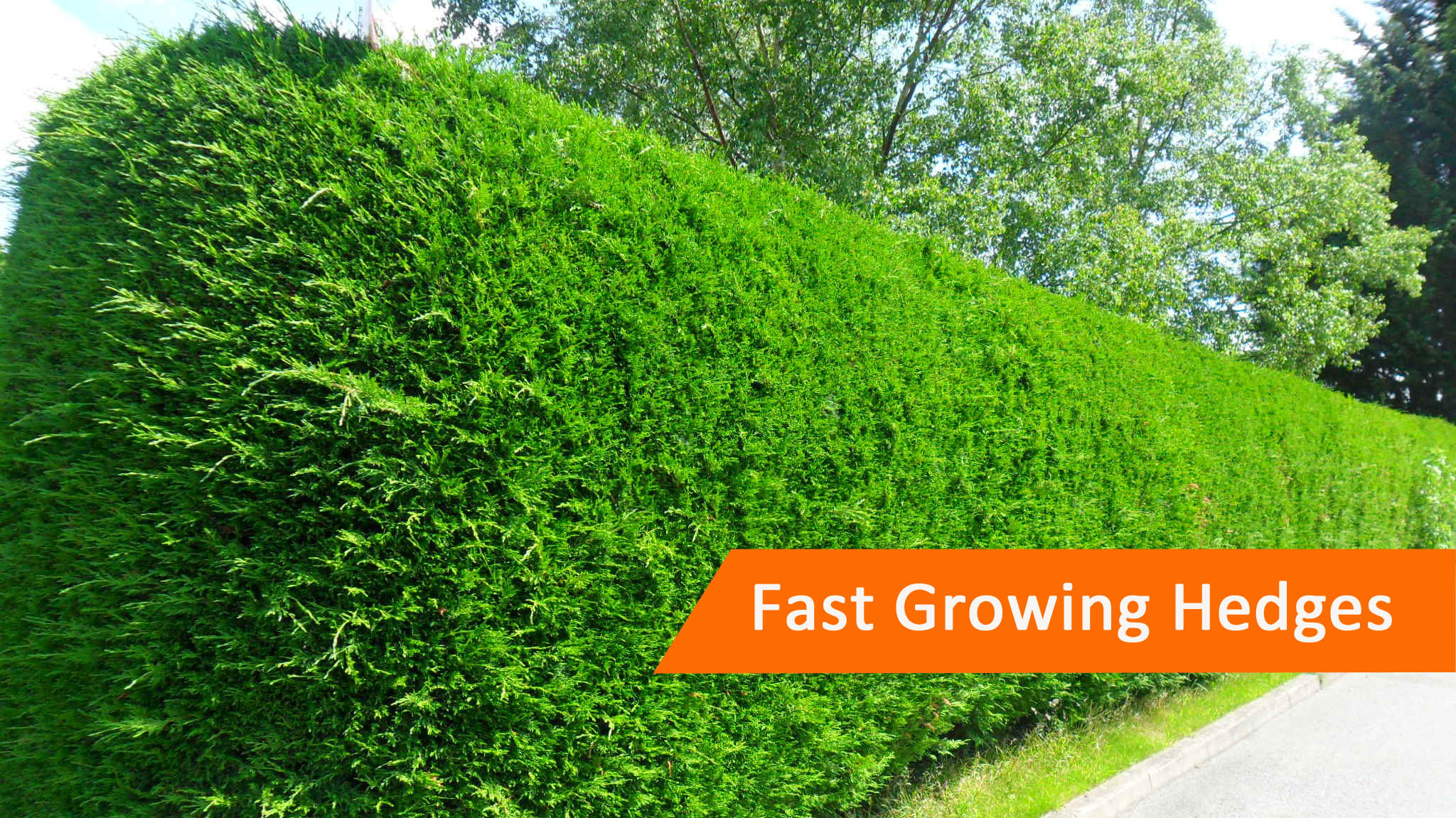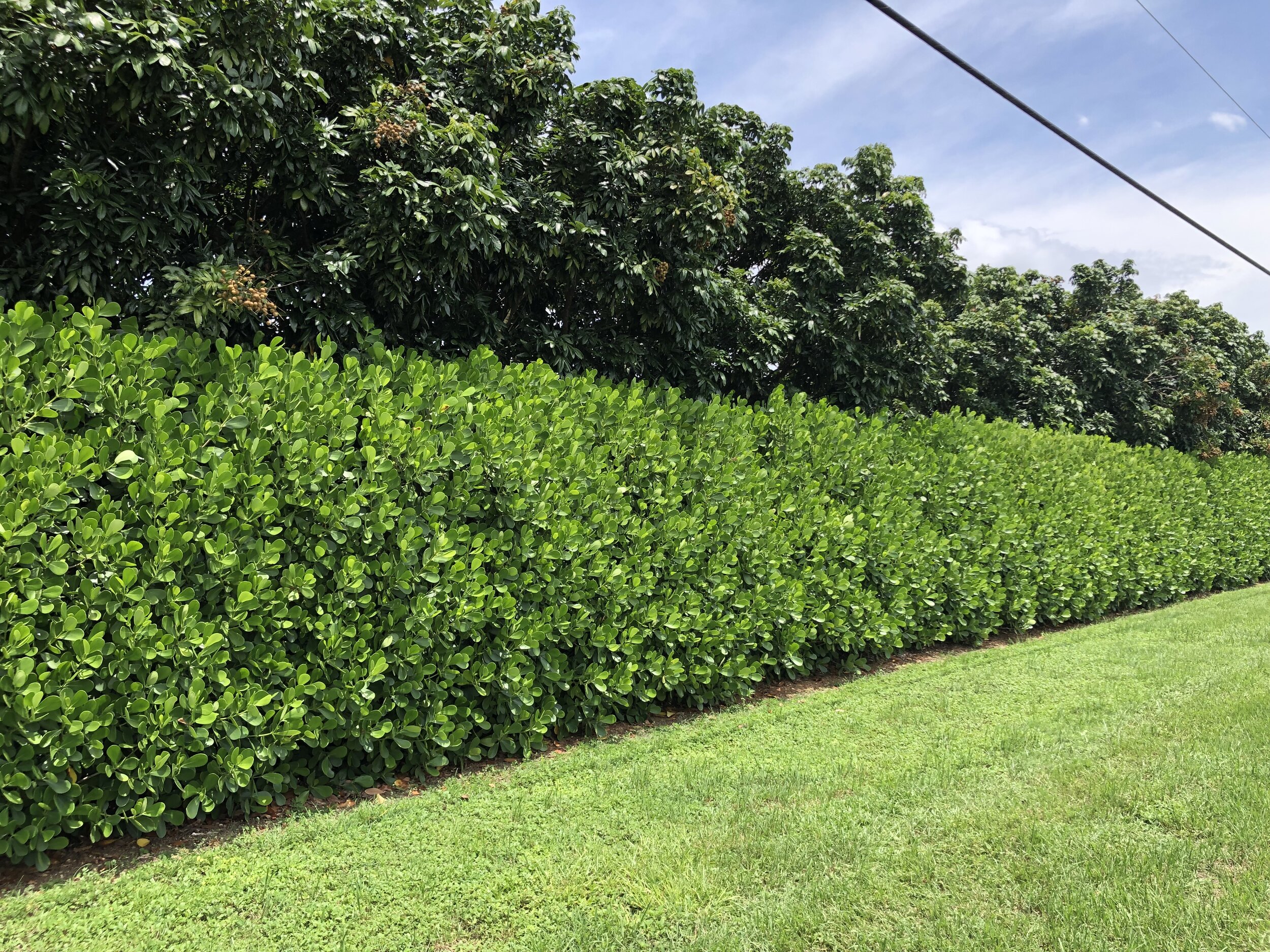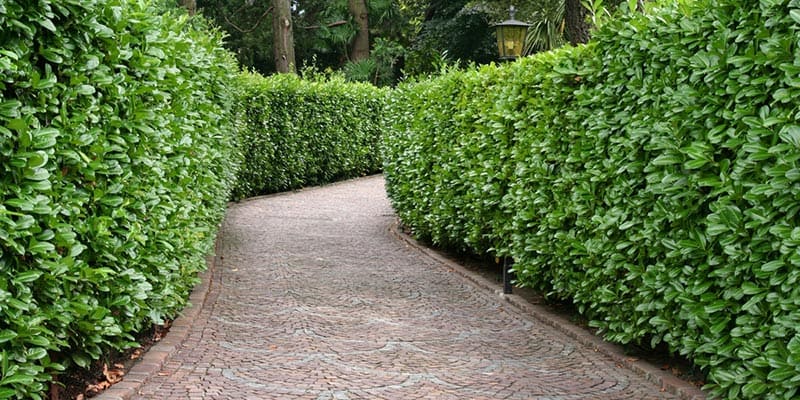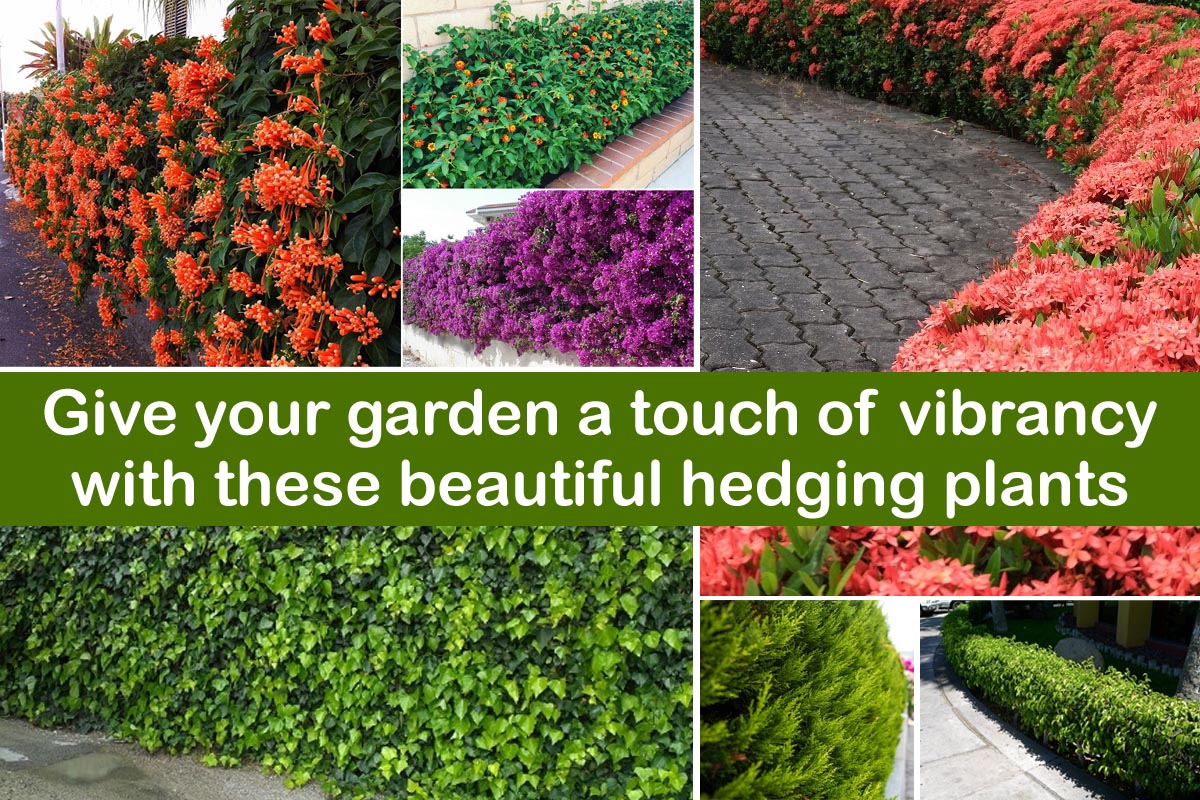Why Choose Fast-Growing Hedge Plants for Your Garden
Fast-growing low maintenance hedge plants are a popular choice for homeowners seeking to enhance their outdoor space. These plants offer numerous benefits, including quick privacy and noise reduction, making them an ideal solution for those looking to create a secluded oasis. Additionally, fast-growing hedge plants can add aesthetic appeal to your garden, providing a beautiful and lush backdrop for outdoor living. One of the most significant advantages of fast-growing low maintenance hedge plants is their ability to save time and effort in garden upkeep. By choosing a low-maintenance option, you can enjoy a beautiful hedge without the hassle of frequent pruning, watering, and fertilizing.
How to Select the Perfect Hedge Plant for Your Climate and Soil
When it comes to choosing the right fast-growing low maintenance hedge plant for your garden, it’s essential to consider your specific climate, soil type, and level of sunlight. By selecting a plant that thrives in your local conditions, you can ensure a healthy and thriving hedge that requires minimal upkeep. Start by researching the average temperature, rainfall, and sunlight patterns in your area. This will help you narrow down the options to plants that are well-suited to your climate. Next, consider the type of soil you have, as some plants prefer well-draining soil while others can tolerate clay or sandy conditions. Additionally, think about the mature size of the plant, as well as its growth rate and pruning requirements. By taking these factors into account, you can choose a fast-growing low maintenance hedge plant that meets your specific needs and provides the desired level of privacy, noise reduction, and aesthetic appeal.
Top 5 Fast-Growing Low Maintenance Hedge Plants for Your Garden
When it comes to choosing the right fast-growing low maintenance hedge plant for your garden, there are many options to consider. Here are five popular varieties that are known for their ease of care and rapid growth rates: Leyland Cypress (Cupressus x leylandii) – This evergreen hedge plant can grow up to 3 feet per year, making it an ideal choice for those seeking quick privacy and noise reduction. With regular pruning, Leyland Cypress can be maintained at a height of 10-15 feet.
Arborvitae (Thuja occidentalis) – With a growth rate of up to 2 feet per year, Arborvitae is a popular choice for hedges. This evergreen plant is low maintenance and can thrive in a variety of soil types.
Privet (Ligustrum spp.) – Privet is a fast-growing hedge plant that can grow up to 3 feet per year. It’s a popular choice for formal hedges and can be maintained at a height of 10-15 feet with regular pruning.
Burning Bush (Euonymus alatus) – This deciduous hedge plant is known for its vibrant fall colors and fast growth rate of up to 2 feet per year. Burning Bush is low maintenance and can thrive in a variety of soil types.
Laurel (Prunus laurocerasus) – With a growth rate of up to 2 feet per year, Laurel is a popular choice for hedges. This evergreen plant is low maintenance and can be maintained at a height of 10-15 feet with regular pruning.
When selecting a fast-growing low maintenance hedge plant, it’s essential to consider factors like growth rate, mature size, and pruning requirements. By choosing the right plant for your specific needs, you can enjoy a beautiful and thriving hedge with minimal upkeep.
The Benefits of Native Hedge Plants for Your Local Ecosystem
When it comes to choosing the right fast-growing low maintenance hedge plant for your garden, it’s essential to consider the benefits of native plants. Native hedge plants are those that are naturally found in your local region, and they offer a range of advantages over non-native species. One of the primary benefits of native hedge plants is their ability to support local wildlife. By choosing plants that are native to your area, you can provide a habitat for native birds, bees, and butterflies, which can help to support the local ecosystem. Native hedge plants also require less water and care than non-native species, which can help to reduce your environmental impact. They are often more resistant to pests and diseases, which means you’ll need to use fewer chemicals and pesticides to maintain their health. Additionally, native hedge plants are less likely to become invasive, which can help to prevent the spread of non-native species and protect local biodiversity.
Some popular native hedge plants include California Lilac, Texas Sage, and Eastern Red Cedar. These plants are not only beneficial for the local ecosystem, but they are also fast-growing and low maintenance, making them an ideal choice for homeowners who want to create a beautiful and functional hedge with minimal upkeep.
By choosing native hedge plants, you can create a hedge that not only provides privacy and aesthetic appeal but also supports the local environment. With their low maintenance requirements and ability to support local wildlife, native hedge plants are an excellent choice for homeowners who want to create a sustainable and eco-friendly garden.
Designing a Beautiful and Functional Hedge for Your Outdoor Space
When it comes to designing a hedge for your outdoor space, there are several factors to consider. The right design can make a significant difference in the overall aesthetic appeal and functionality of your hedge. Here are some tips to help you design a beautiful and functional hedge that meets your specific needs. First, consider the purpose of your hedge. Do you want to create a privacy screen, block out noise, or add some aesthetic appeal to your garden? Once you’ve determined the purpose of your hedge, you can start thinking about the height, width, and shape of your hedge. For example, if you want to create a privacy screen, you may want to opt for a taller hedge with a more formal shape.
Next, think about the style of your hedge. Do you prefer a formal, structured look or a more informal, natural appearance? Formal hedges are typically characterized by clean lines, precise pruning, and a uniform shape. Informal hedges, on the other hand, have a more relaxed, natural appearance and may incorporate a variety of plant species.
Mixed hedges are another popular option, which combine different plant species to create a unique and visually appealing hedge. This style is ideal for homeowners who want to add some diversity to their garden and create a hedge that is both functional and beautiful.
When designing your hedge, it’s also essential to consider the growth rate and mature size of your fast-growing low maintenance hedge plants. This will help you determine the best spacing and pruning requirements for your hedge.
Some popular hedge styles include the classic rectangular shape, the curved or serpentine shape, and the tiered or layered shape. You can also incorporate different textures, colors, and plant species to add some visual interest to your hedge.
By considering these factors and incorporating your personal style and preferences, you can design a beautiful and functional hedge that enhances the overall appeal of your outdoor space. With the right design and fast-growing low maintenance hedge plants, you can enjoy a lush and thriving hedge with minimal upkeep.
Pruning and Maintenance Tips for a Healthy and Thriving Hedge
Pruning and maintenance are essential for keeping your fast-growing low maintenance hedge plants healthy and thriving. Regular pruning helps to maintain the shape and size of your hedge, promotes healthy growth, and encourages dense foliage. Here are some tips on how to prune and maintain your hedge: When to Prune: The best time to prune your hedge depends on the type of plant and its growth rate. For fast-growing hedge plants, prune in the spring or early summer to maintain shape and promote new growth. For slower-growing plants, prune in the late winter or early spring to minimize damage to new growth.
How to Prune: Use sharp, clean pruning tools to prevent spreading diseases. Cut back any dead, diseased, or damaged branches to the base of the plant. For formal hedges, use a hedge shear to maintain a clean, straight edge. For informal hedges, use pruning shears to trim and shape the plant.
Shaping Your Hedge: To maintain a neat and tidy shape, prune your hedge regularly. For a formal hedge, prune to maintain a straight edge or a curved shape. For an informal hedge, prune to maintain a natural, relaxed shape.
Common Problems to Avoid: Pests and diseases can quickly damage your hedge if left unchecked. Keep an eye out for common problems like aphids, spider mites, and root rot. Use organic or chemical controls as needed to prevent infestations and infections.
Fertilization: Feed your hedge plants with a balanced fertilizer in the spring and summer to promote healthy growth. Avoid over-fertilizing, as this can lead to weak growth and increased susceptibility to disease.
Watering: Water your hedge plants regularly, but avoid over-watering. Check the soil moisture by inserting your finger into the soil up to the knuckle. If the soil feels dry, it’s time to water.
By following these pruning and maintenance tips, you can keep your fast-growing low maintenance hedge plants healthy and thriving. Remember to prune regularly, shape your hedge to maintain its desired form, and prevent common problems like pests and diseases. With proper care and maintenance, your hedge will provide years of beauty and functionality to your outdoor space.
Common Mistakes to Avoid When Planting and Caring for Your Hedge
When it comes to planting and caring for fast-growing low maintenance hedge plants, there are several common mistakes that homeowners make that can lead to poor growth, disease, and pest problems. Here are some common mistakes to avoid: Over-Watering: One of the most common mistakes is over-watering, which can lead to root rot and other problems. Make sure to check the soil moisture before watering, and avoid watering during periods of heavy rainfall.
Under-Pruning: Failing to prune your hedge regularly can lead to uneven growth, disease, and pest problems. Prune your hedge at the right time of year, and make sure to remove any dead, diseased, or damaged branches.
Inadequate Nutrients: Fast-growing low maintenance hedge plants require adequate nutrients to thrive. Make sure to fertilize your hedge regularly, using a balanced fertilizer that provides the necessary nutrients.
Poor Soil Conditions: Planting your hedge in poor soil conditions can lead to poor growth and disease. Make sure to test your soil before planting, and amend it as necessary to provide the right conditions for your hedge.
Inadequate Sunlight: Most fast-growing low maintenance hedge plants require adequate sunlight to thrive. Make sure to plant your hedge in a location that receives the right amount of sunlight for the specific plant species.
Planting at the Wrong Time: Planting your hedge at the wrong time of year can lead to poor growth and disease. Make sure to plant your hedge during the right season, and avoid planting during periods of extreme weather.
By avoiding these common mistakes, you can ensure that your fast-growing low maintenance hedge plants thrive and provide years of beauty and functionality to your outdoor space. Remember to choose the right plant species, design a functional hedge, and provide proper care and maintenance to enjoy a beautiful and low-maintenance hedge.
Conclusion: Enjoy a Beautiful and Low-Maintenance Hedge with These Expert Tips
In conclusion, creating a beautiful and low-maintenance hedge for your outdoor space requires careful planning and attention to detail. By choosing the right fast-growing low maintenance hedge plants for your climate, soil, and sunlight, designing a functional hedge that meets your specific needs, and providing proper care and maintenance, you can enjoy a thriving and attractive hedge that provides privacy, noise reduction, and aesthetic appeal. Remember to avoid common mistakes like over-watering, under-pruning, and failing to provide adequate nutrients, and instead focus on providing the right conditions for your hedge to thrive. With the right fast-growing low maintenance hedge plants and proper care, you can enjoy a beautiful and low-maintenance hedge that enhances your outdoor space and adds value to your property.
By following the expert tips outlined in this article, you can create a stunning and functional hedge that meets your specific needs and provides years of beauty and functionality. Whether you’re looking to create a formal, informal, or mixed hedge, the right fast-growing low maintenance hedge plants and proper care can help you achieve your goals. So why wait? Start planning your dream hedge today and enjoy the many benefits that fast-growing low maintenance hedge plants have to offer!







